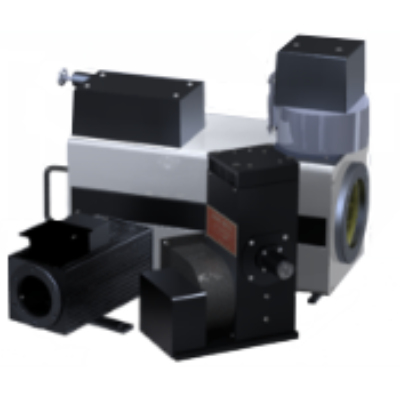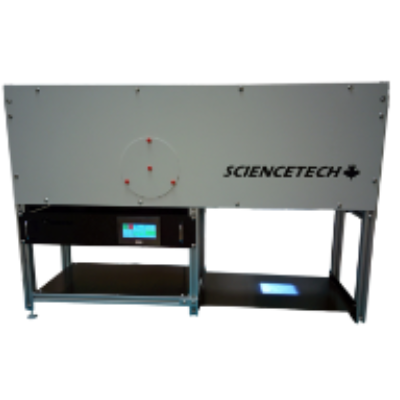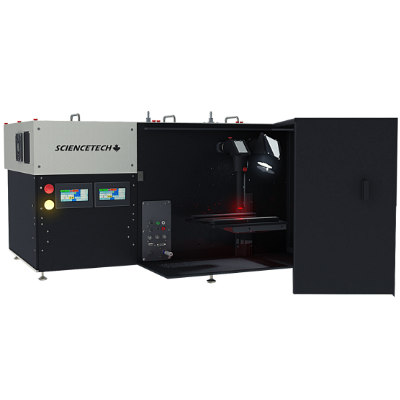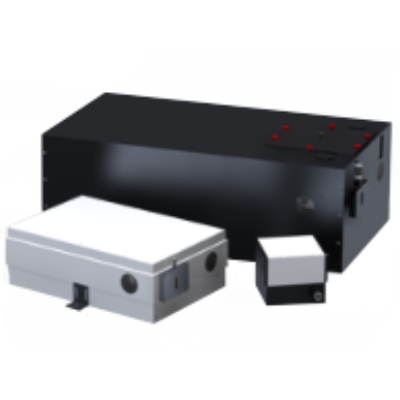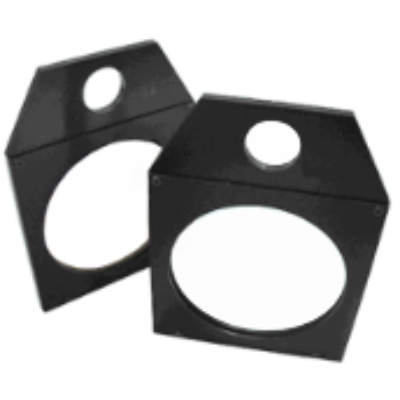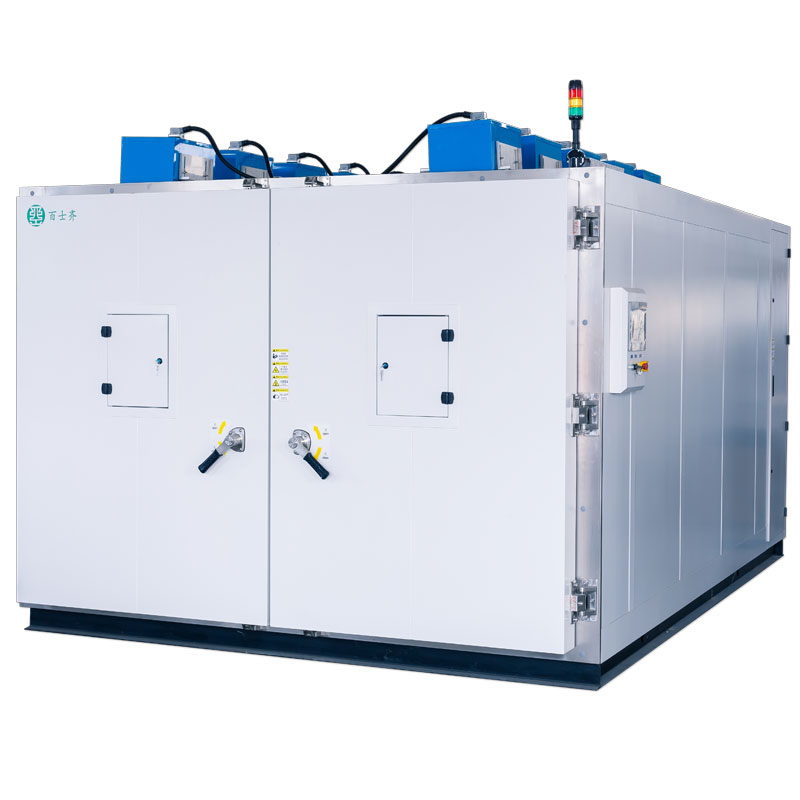LIBS Spectrometer
X
Product Category
View Filter- All Products
- Light Sources
- Solar Simulators
- Quantum Efficiency
- Modular Spectrometers
- Electrochemical Workstations
- Accessories / Parts
- BSQ Solar PV Module Testing Equipment
x
Clear all x
Filter Option
No product defined.
Shop now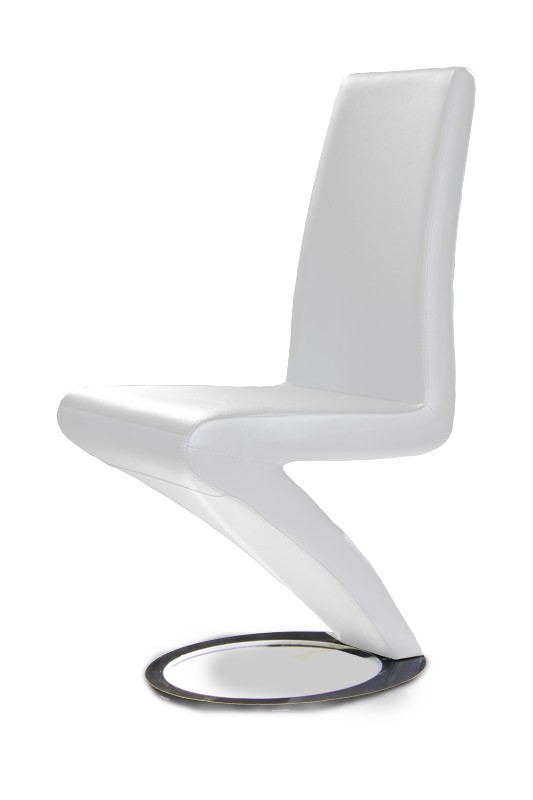
Copyright
©
Sciencetech

